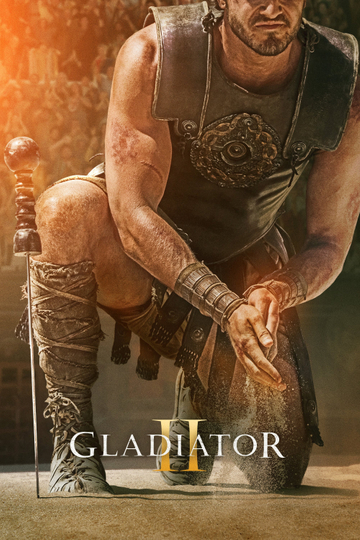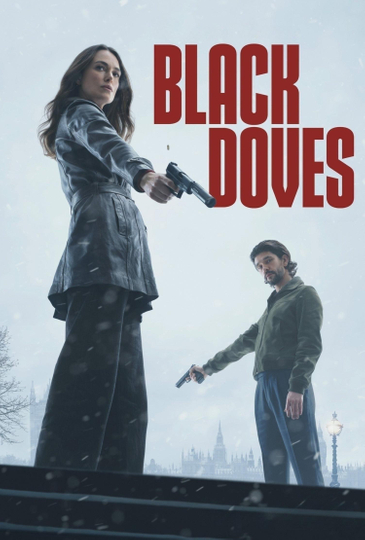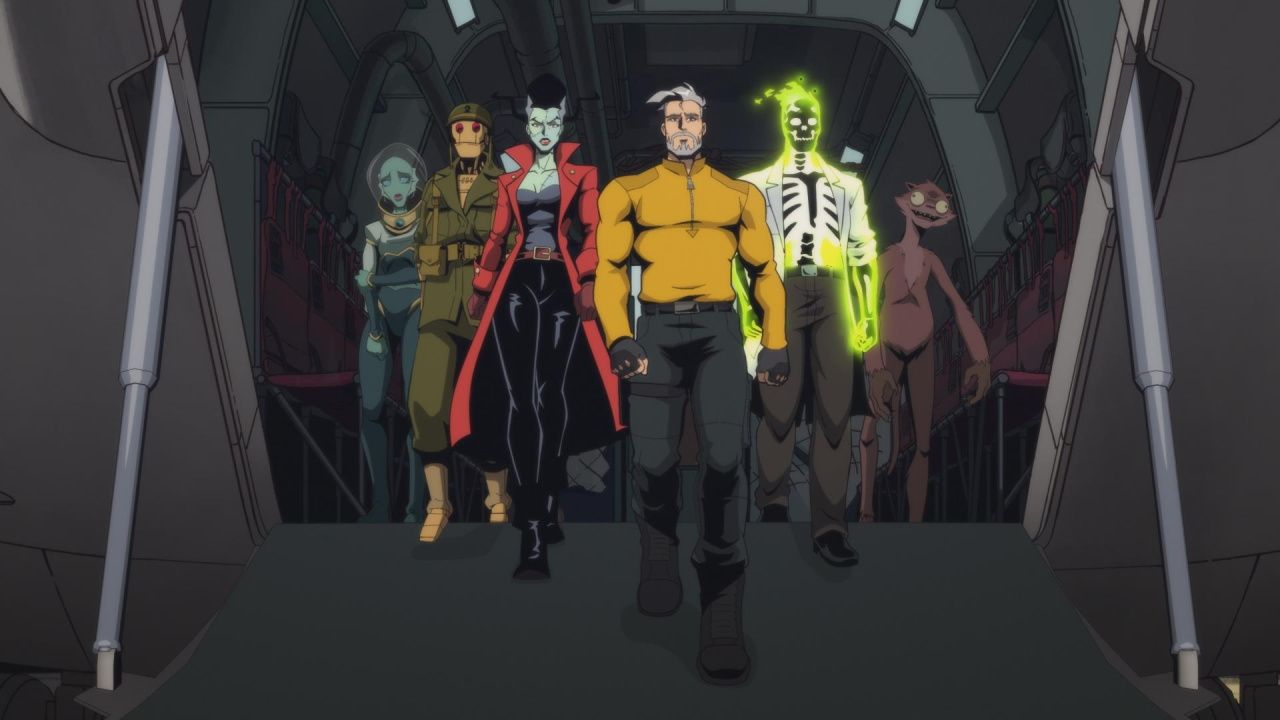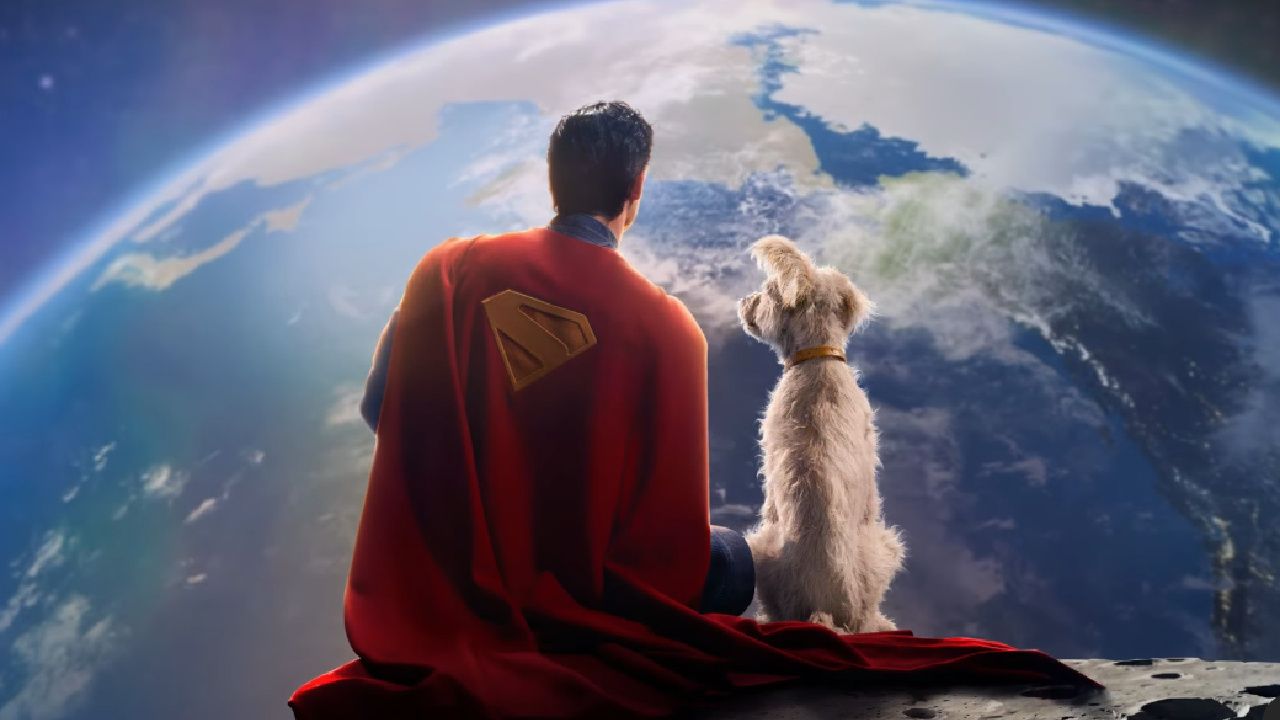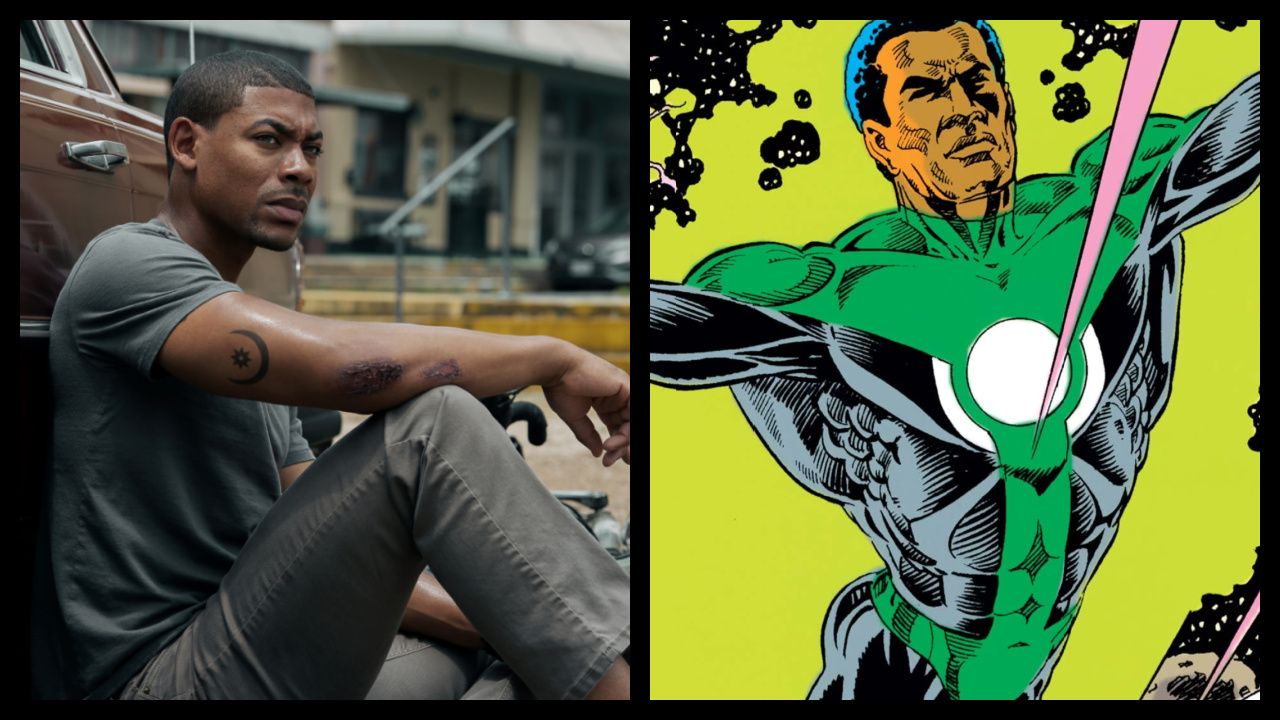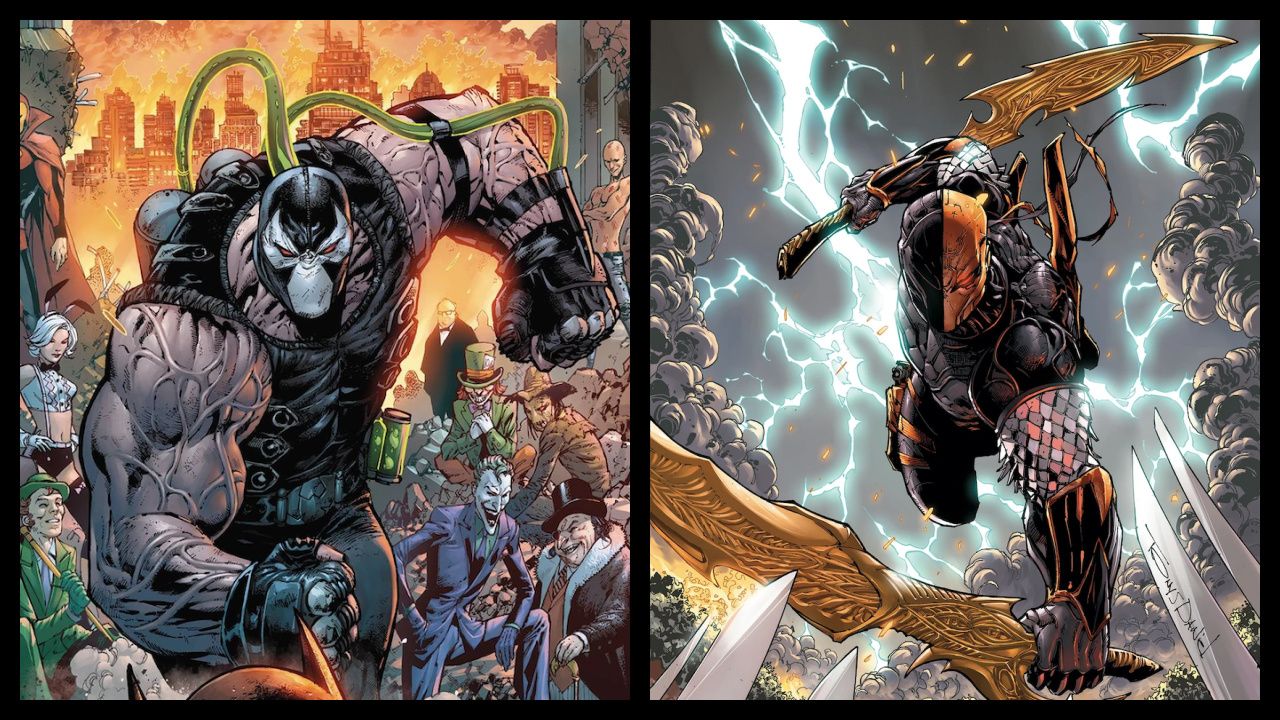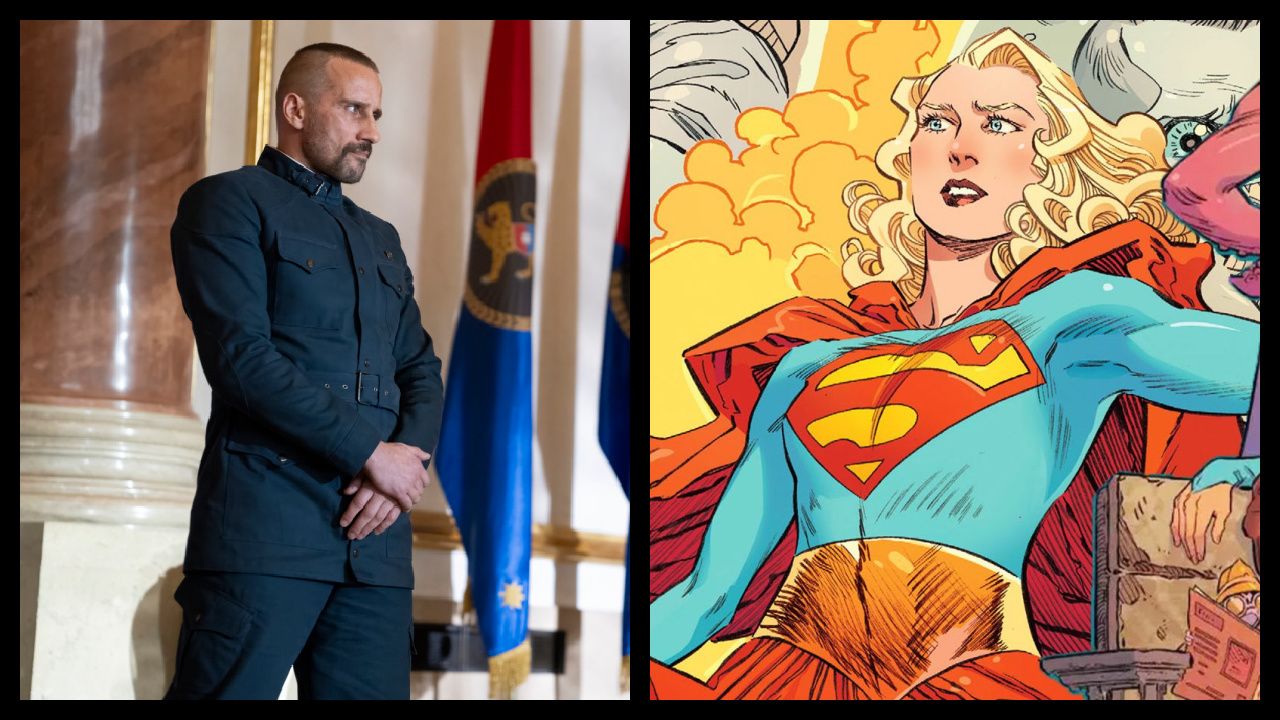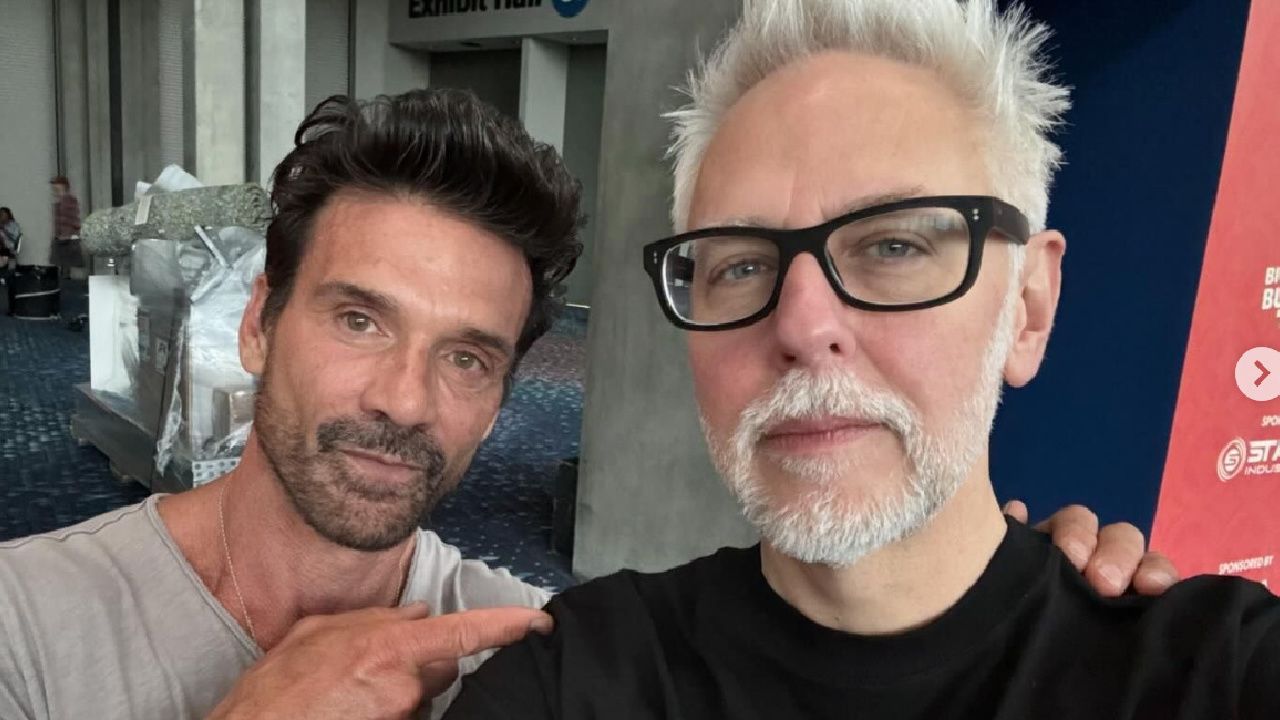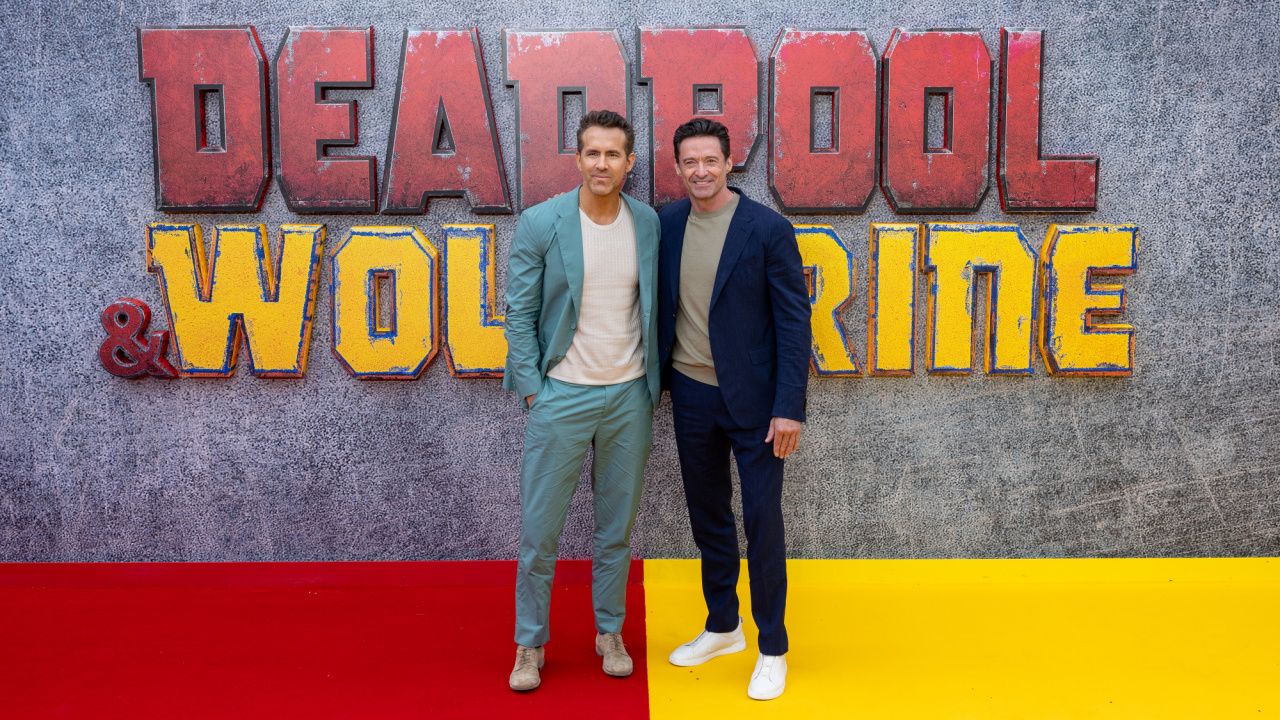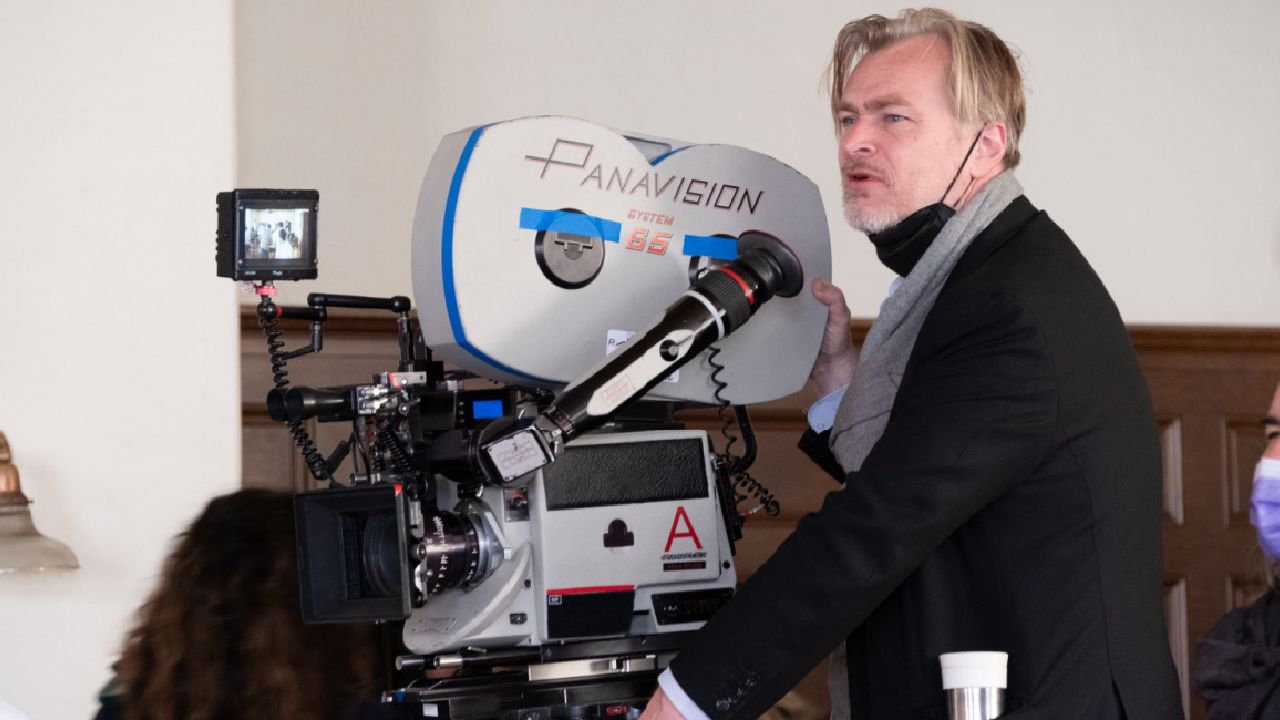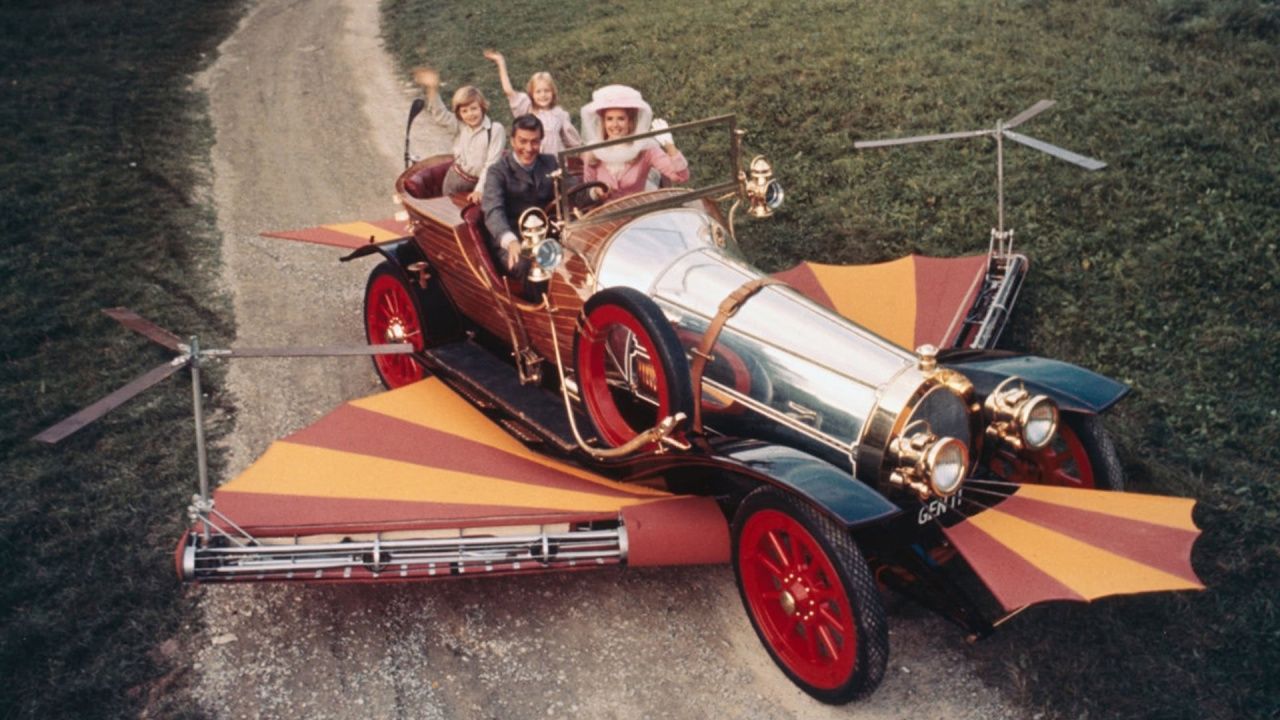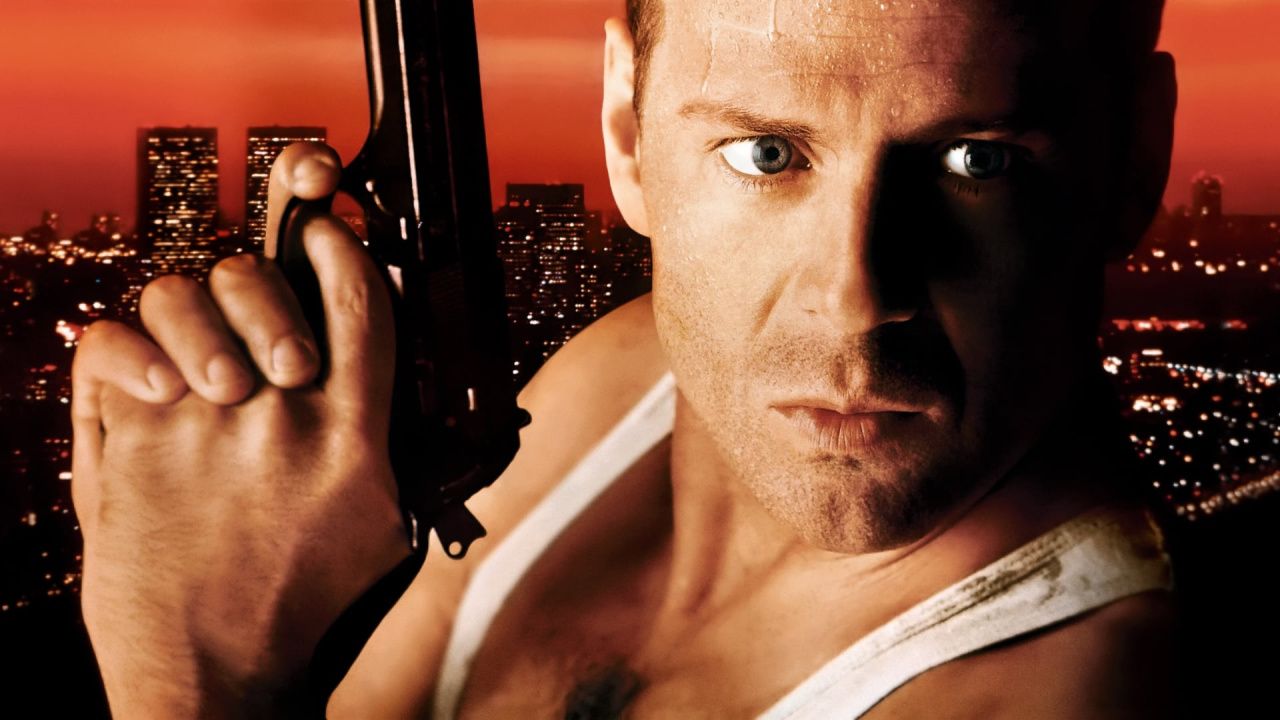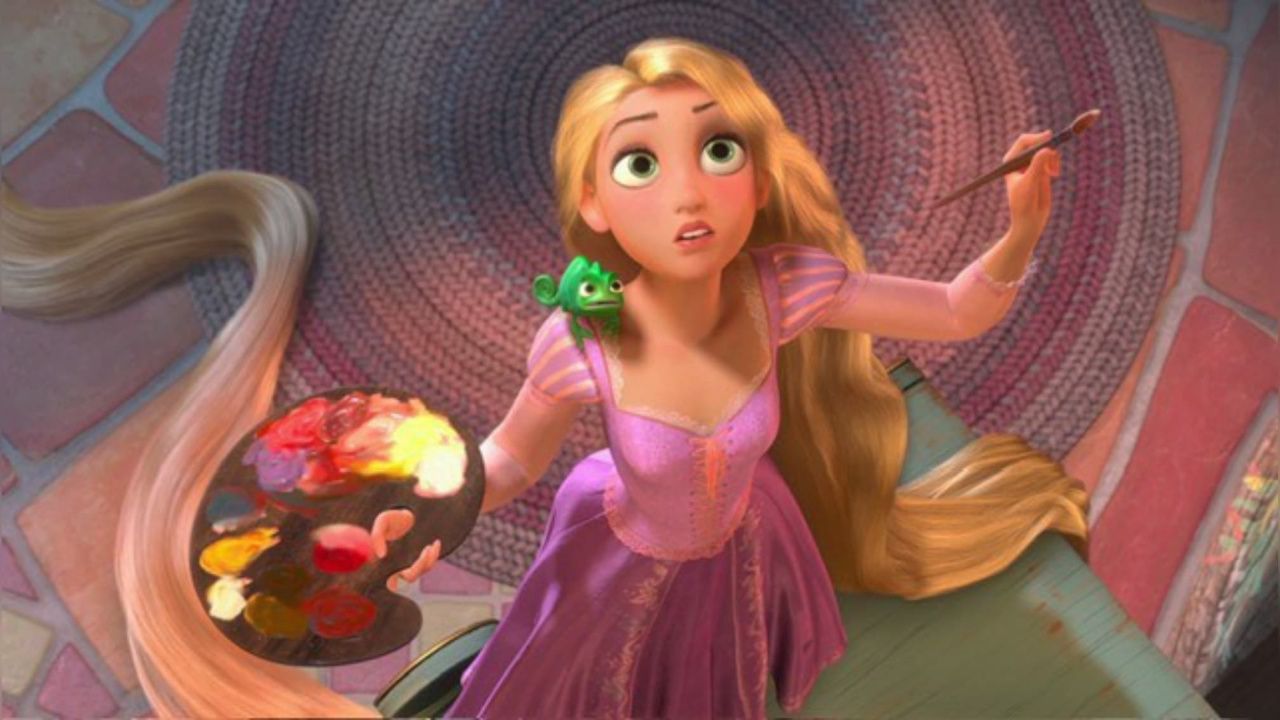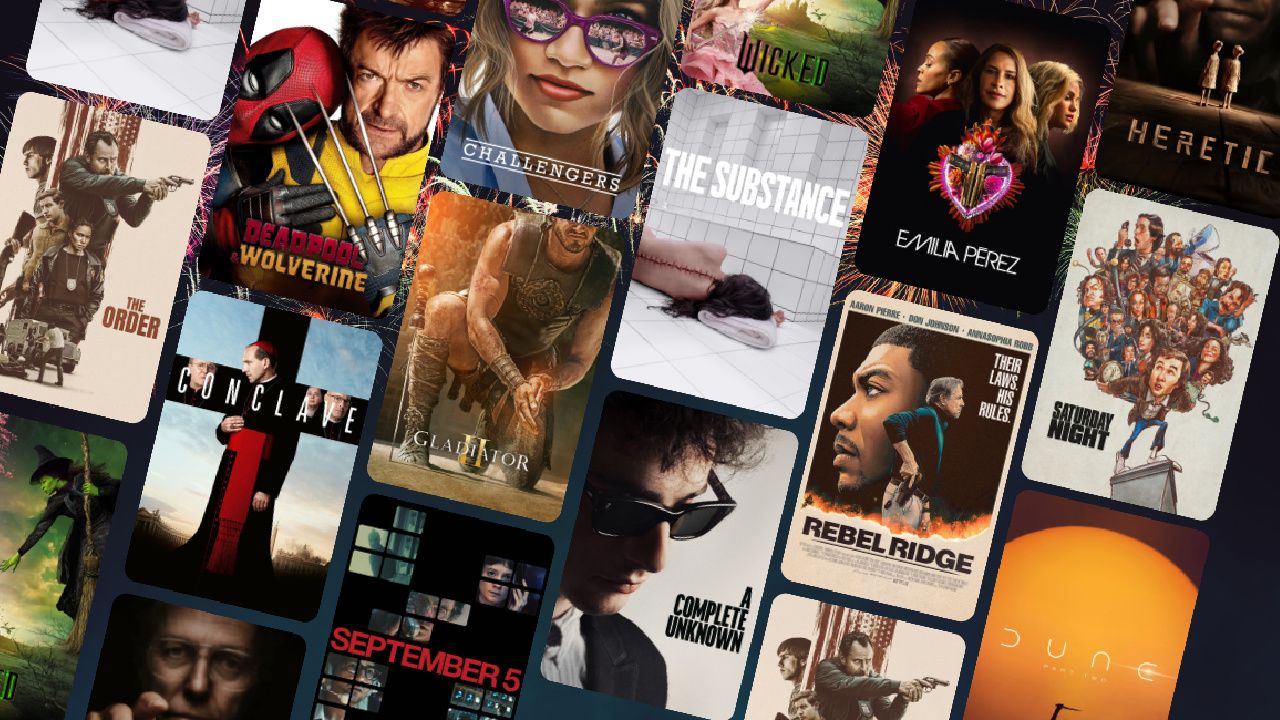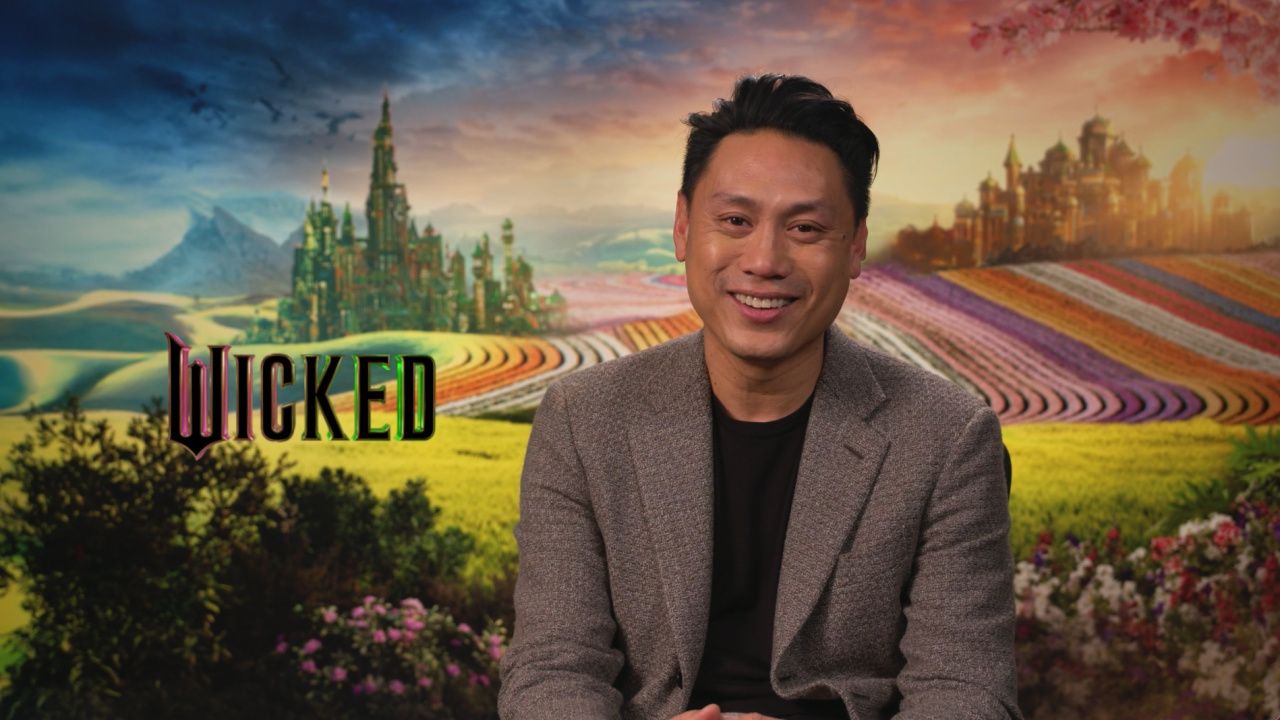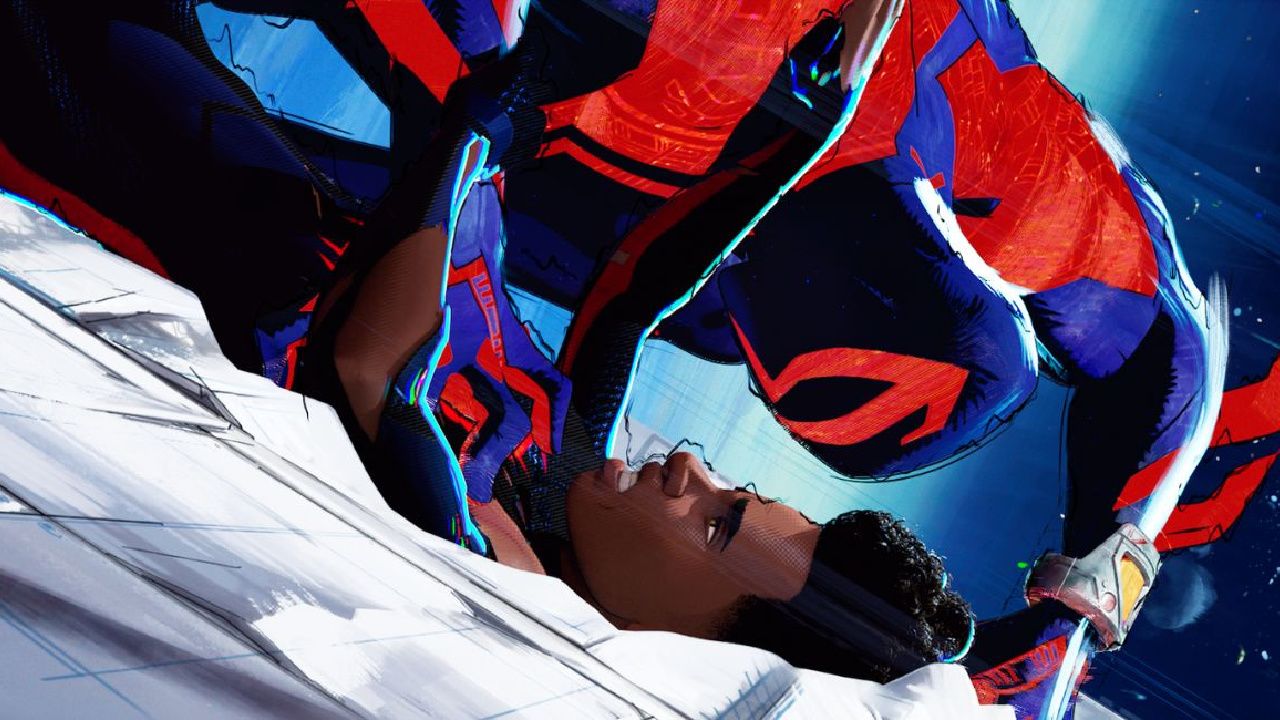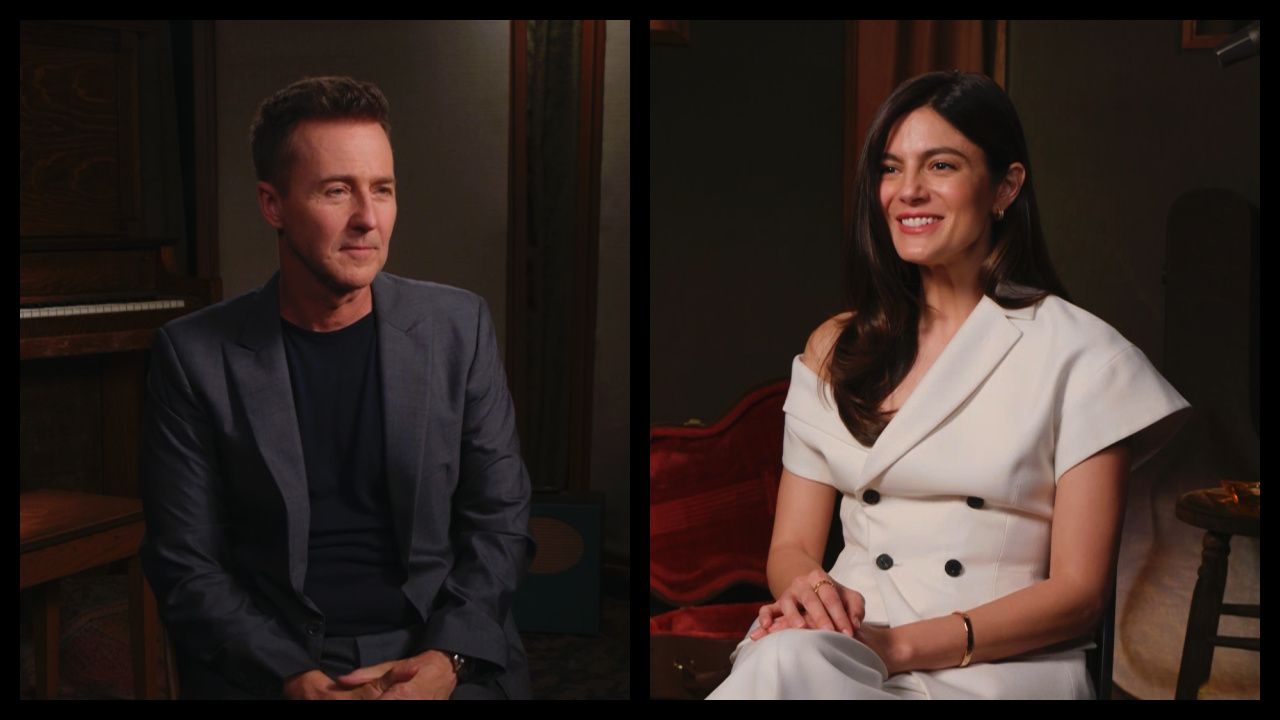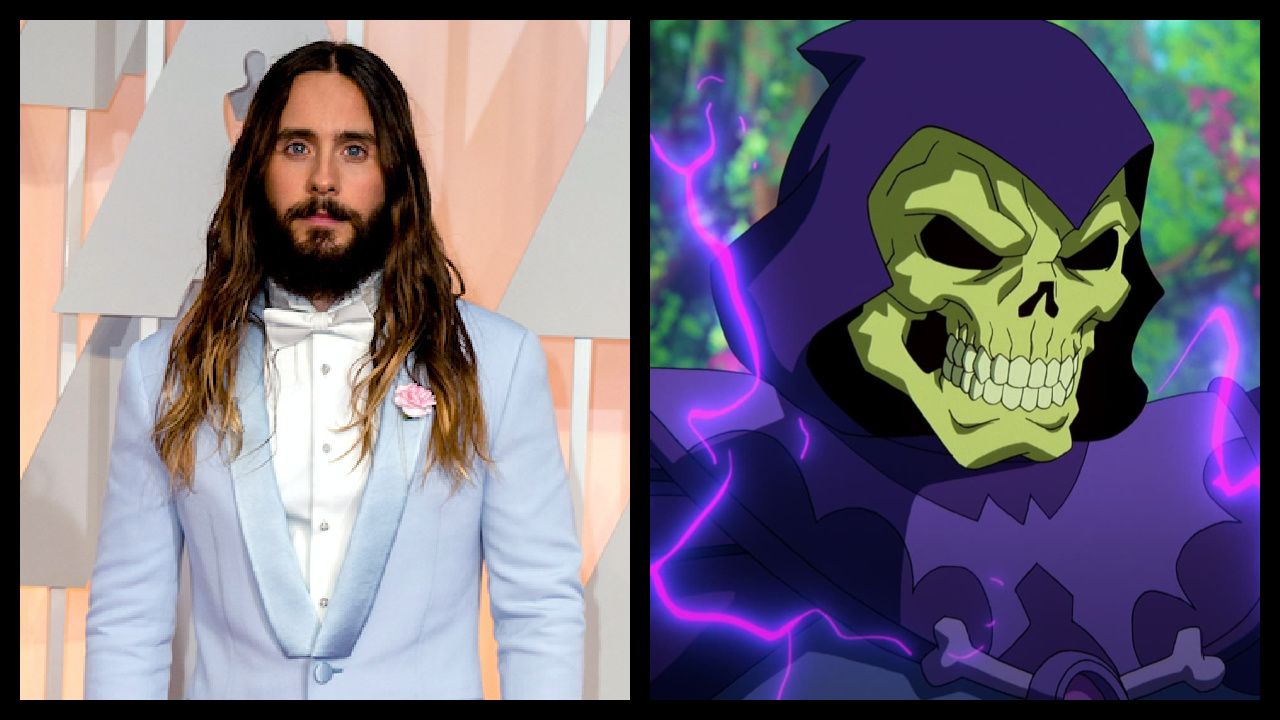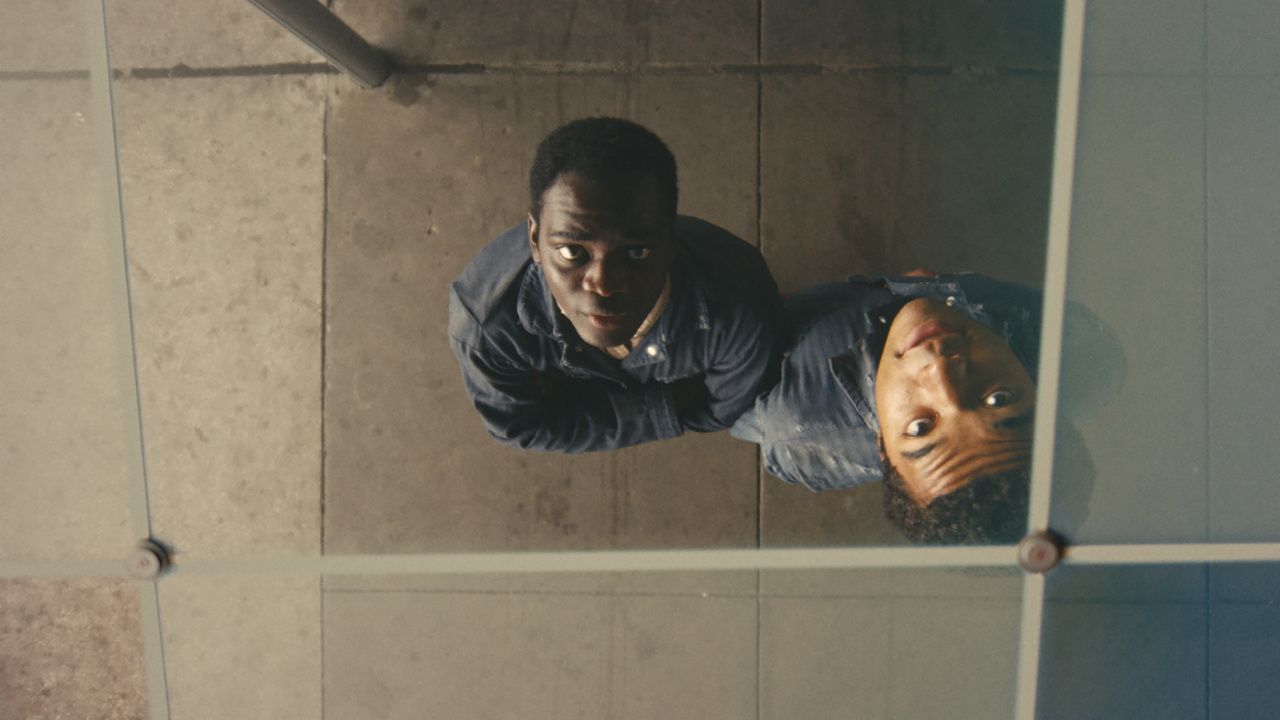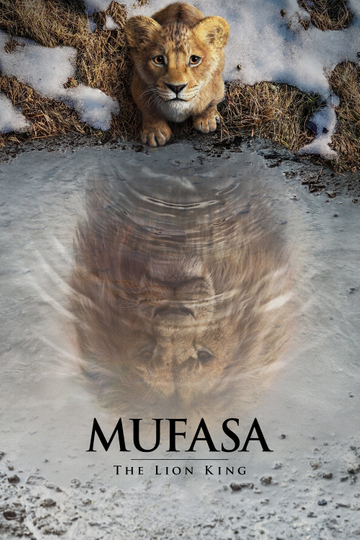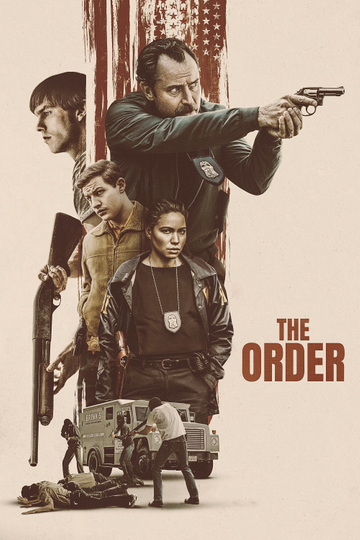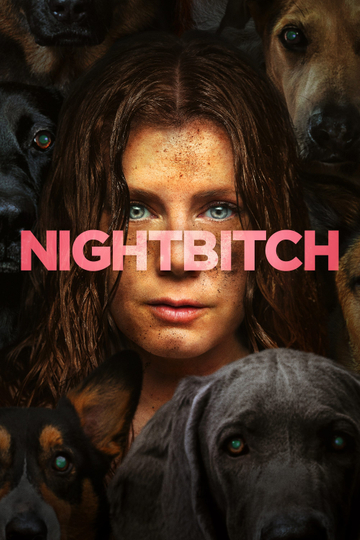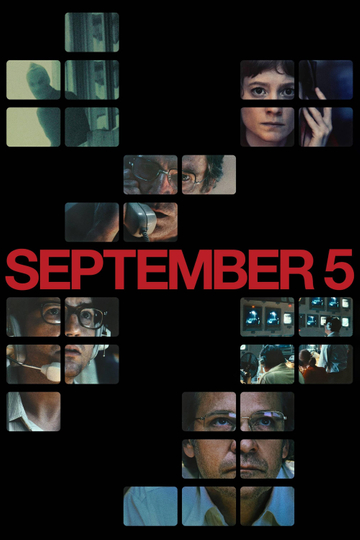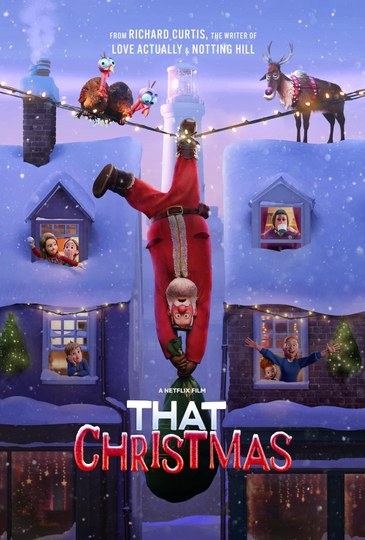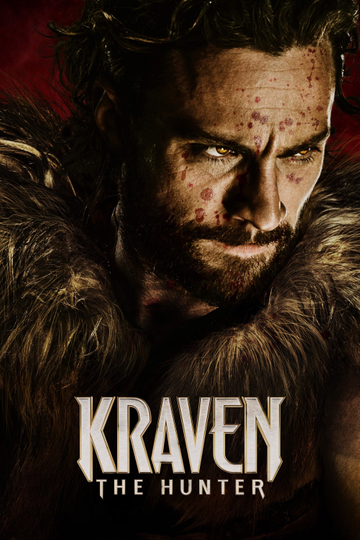Top-Rated Movies From the '70s
In an era of post-Vietnam trauma, global energy crises, Richard Nixon, pornstaches, and fashions that are straight from the mind of peacock on LSD, movies finally busted out of their Technicolor shells to paint screens with the grainy, brutal, character-driven flicks that defined the 1970s. And after they defined the '70s, they went on to define every film buff's movie shelf. It was a decade of gut-punching greatness for film, and its beautiful bruises still sting.
Like they say: Bad times make good art. And good art makes for movies that'll go down in history as some of the best -- then, now, and forever. Here's a handful of reasons why the 1970s captured lightning in a Brut bottle.
Things Got Gritty
While there were always exceptions, movies well into the 1960s felt a little more plastic than their 1970s successors -- bad cowboys wore black hats; good cowboys wore white hats; John Wayne always saved the day.
In the '70s, people didn't always feel like winners. "Rocky" lost the big fight, "Apocalypse Now" lost the war, and "One Flew Over the Cuckoo's Nest" lost its mind. Likewise, the anti-hero stepped into the neon-tinged spotlight. Sociopathic Travis Bickle of "Taxi Driver" would've been an antagonist in earlier decades, and "Dirty Harry" didn't give a single damn what "by the book" meant. America's apple pie suddenly got spiked.
Characters (and Actors) Came First
In 1975, Robert Altman's "Nashville" juggled 24 characters. They yelled, fought, talked over each other, and improvised more than struggling actors on Sunset Boulevard. Plot lines came and went like distracted kittens. But what shouldn't have worked on paper taught audiences something great: You don't need a clever plot, a chase scene, or a big twist -- just let that camera linger on dynamite actors playing flawed, idiosyncratic, and just plain realer-than-real characters; let it roll, and trust that it'll work.
And work it did. "The Godfather" and "The Godfather: Part II" sold its characters so much with the likes of Al Pacino, Robert DeNiro, Marlon Brando, Talia Shire, James Caan, and Robert Duvall that no one minded watching them meander around for six and a half hours or so. No one needed a pretty face or a CGI dragon; they just let Al Pacino loose for a few hours in "Dog Day Afternoon" and "Serpico" and called it a day.
The Arthouse Came Home
Some '70s flicks lived and died on New York-accented method actors and heroin-shooting cops. They kept it real. Others kept it very unreal. On one hand, you had beautiful, cigarette-smoking sweaty humanity; on the other, you had meditative works with a laser focus on immaculate aesthetics. Before people had access to Twitter to complain about everything, movie theaters took risks on dreamy arthouse titles like "Solaris" and "A Clockwork Orange," or the "Is this porn or is this art?" head-trip of "In the Realm of the Senses."
Terrence Malick said, "I'm gonna shoot a country daydream completely during the magic hour with a bunch of twangy, depression-era voice-overs, okay?" and audiences replied, "Groovy -- I'll buy that 'Days of Heaven' ticket, a six-pack of Bud, and these Virginia Slims."
The Blockbuster Began
So what happened to today's movies?, you might ask. Why do movies get by with spending $400 million dollars to give a robot testicles, which is a thing that actually happened in "Transformers: Revenge of the Fallen"? The answer is that the '70s giveth, and the '70s taketh away -- the same decade that blew minds and elevated the cinematic arts gave birth to the mega-blockbuster popcorn film as the decade wound down. The likes of "Star Wars," "Jaws," and"Superman: The Movie" doomed moviegoers to superheroes punching each other through the sun forever. But it was the best type of doomed anyone could've asked for: Doomed to greatness.
Sources

